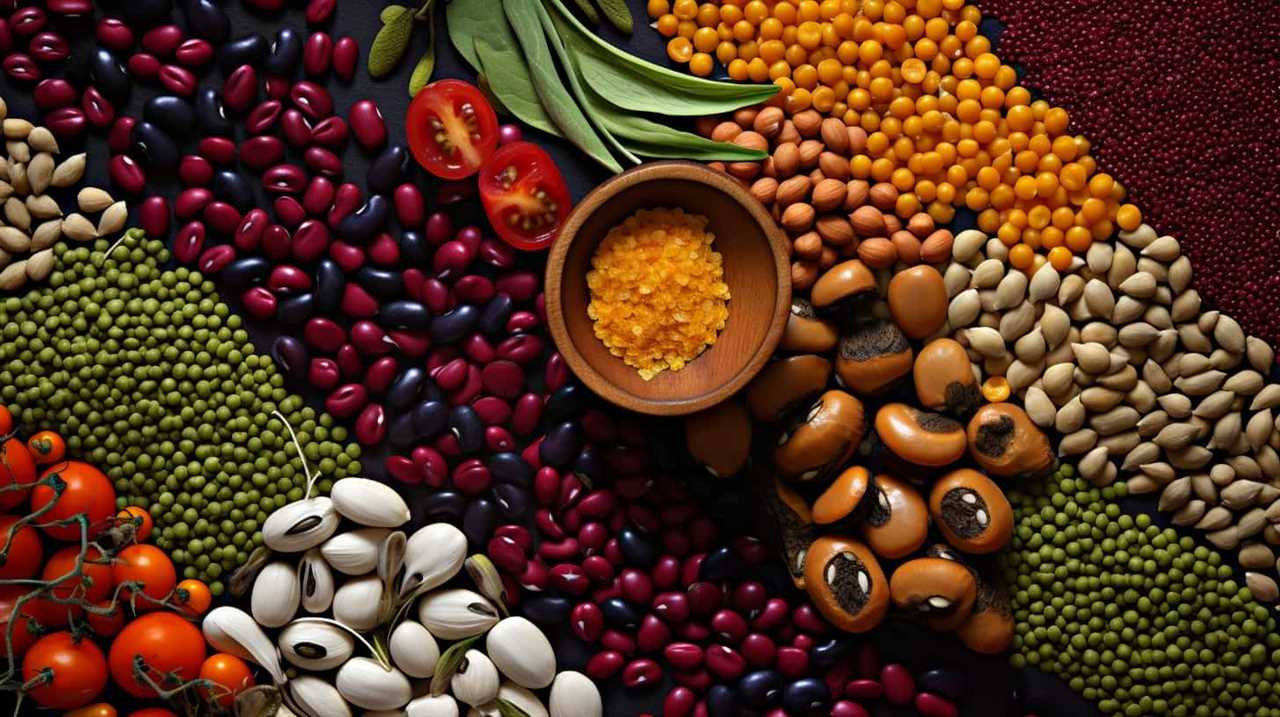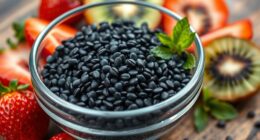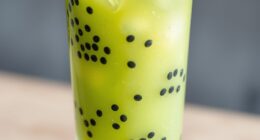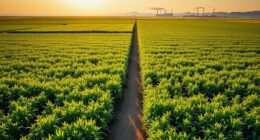Curious about why it’s crucial to know the best times for gathering seeds? Well, understanding the perfect seasons for seed collection is key to reaping a bountiful and successful harvest. Discover the secrets to maximizing your yields by harvesting at the right time!
In this article, we’ll explore the optimal growing conditions for different seeds throughout the year, so you can maximize your harvest and serve others with the best quality seeds.
Get ready to dive into the world of seed harvesting seasons!
Key Takeaways
- The ideal growing seasons for seed harvesting vary depending on the crop, with spring being optimal for chia seeds and summer being beneficial as well.
- Adequate rainfall is important for successful seed germination and growth, with an ideal range of 500mm to 1000mm.
- Maintaining suitable temperature conditions is crucial for seed development, as extreme temperatures can have negative effects.
- Day length requirements differ for different crops, with long-day and short-day plants responding differently to daylight hours. Proper understanding of day length requirements is important for successful seed harvesting.
Spring Growing Season for Chia Seeds
During the spring season, we rely on the optimal conditions for chia seeds to flourish and thrive.
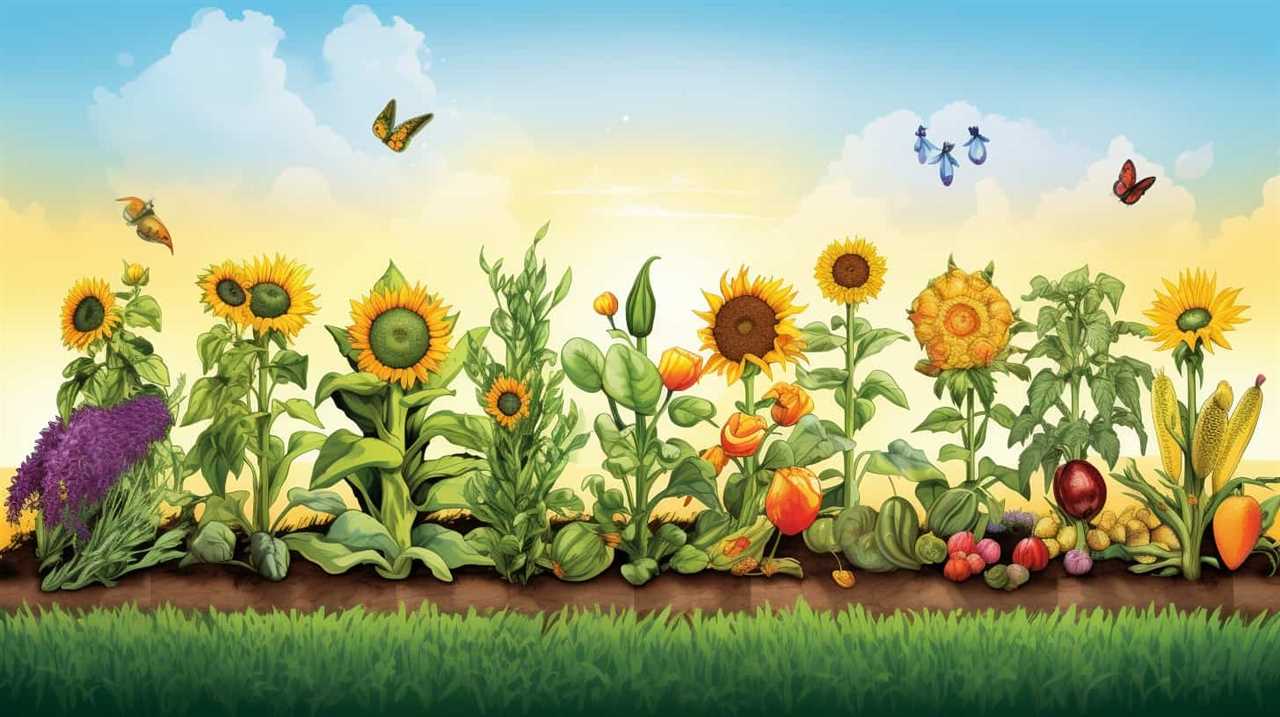
However, there are several challenges in spring chia seed cultivation that we must overcome.
One of the main challenges is ensuring the right amount of moisture in the soil. Springtime brings unpredictable weather, with frequent rain showers and fluctuating temperatures. This can lead to either excessive moisture, causing the seeds to rot, or insufficient moisture, resulting in poor germination.
Another challenge is the presence of weeds, which compete with chia plants for nutrients and sunlight.
To tackle these challenges, we employ careful irrigation techniques and implement weed control measures.
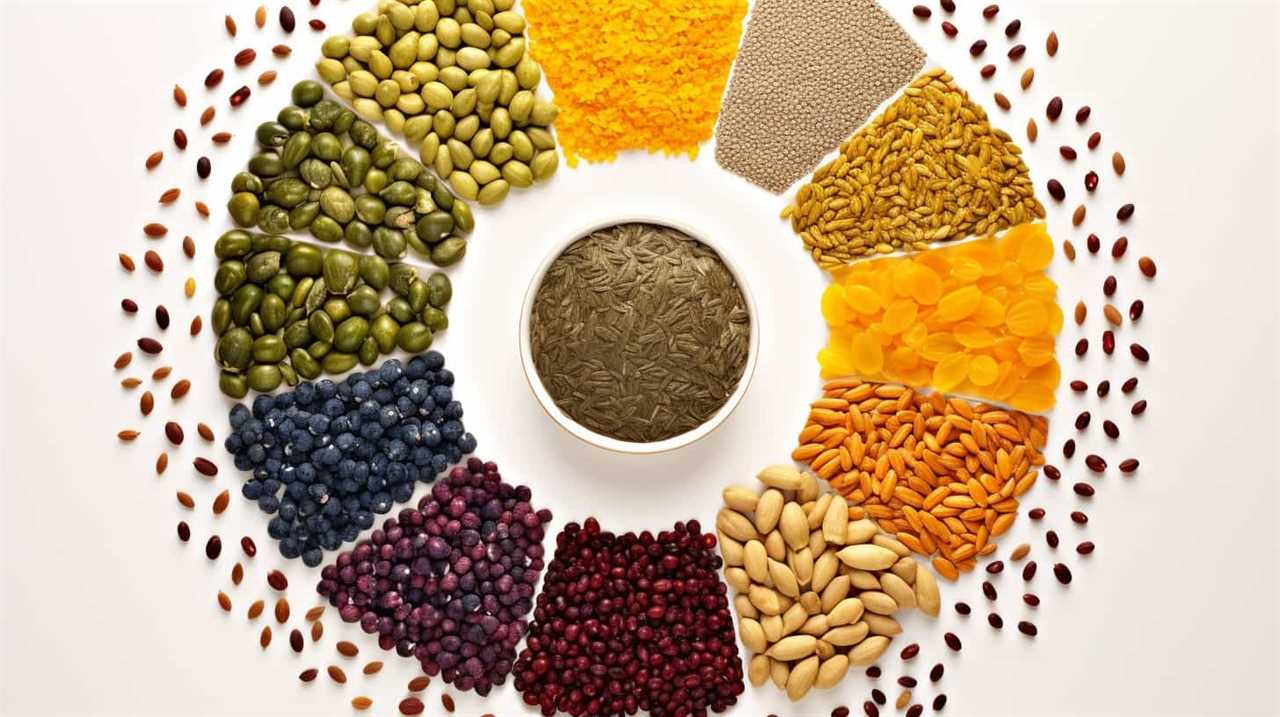
Despite these challenges, the benefits of chia seeds in spring diets are well worth the effort. Chia seeds are packed with nutrients, including fiber, omega-3 fatty acids, and antioxidants. They can help improve digestion, boost energy levels, and support heart health.
Incorporating chia seeds into our spring diets can contribute to overall wellness and vitality.
Summer Growing Conditions for Chia Seeds
In the summer, we rely on optimal growing conditions for chia seeds to thrive and produce a bountiful harvest.
Chia seeds are highly beneficial during the summer months due to their ability to provide hydration and nutrition. They’re packed with essential nutrients, including omega-3 fatty acids, fiber, and antioxidants, which can help boost energy levels and support overall health.

To cultivate chia seeds successfully during the summer, it’s important to follow some best practices.
Firstly, ensure that the soil is well-drained and rich in organic matter.
Secondly, provide ample sunlight and water regularly, as chia plants require consistent moisture.
Lastly, monitor the temperature and protect the plants from excessive heat.

Fall Harvest Time for Chia Seeds
- We typically harvest chia seeds during the fall season. Fall provides the ideal conditions for chia plants to mature and produce high-quality seeds. To help you make the most of your fall chia harvest, here are some fall planting tips:
| Fall Planting Tips |
|---|
| 1. Choose a sunny location with well-drained soil. |
| 2. Prepare the soil by removing weeds and adding organic matter. |
| 3. Sow the chia seeds directly into the ground, spacing them 6 inches apart. |
| 4. Water regularly, keeping the soil moist but not waterlogged. |
| 5. Protect the young seedlings from frost with row covers or cloches. |
Chia seeds are a nutritional powerhouse, packed with omega-3 fatty acids, fiber, protein, and antioxidants. Incorporating them into your diet can improve heart health, digestion, and overall well-being. Now that you’re equipped with fall planting tips and chia seed nutrition facts, let’s move on to discussing winter care and maintenance for chia seeds.
Winter Care and Maintenance for Chia Seeds
As we transition into the winter months, it becomes crucial to focus on the proper care and maintenance of chia seeds to ensure their continued growth and health.
Winter storage plays a vital role in preserving the quality of chia seeds. It’s recommended to store them in a cool, dry place away from direct sunlight and moisture. The ideal temperature for winter storage is around 40 to 50 degrees Fahrenheit. This helps prevent the seeds from developing molds or becoming rancid.
Additionally, chia seed germination can be encouraged during winter by soaking them in water for a few hours before planting. This process helps soften the seeds’ outer coating and facilitates faster sprouting.

Ideal Climate for Chia Seed Cultivation
To ensure optimal growth and yield for chia seeds, we need to consider the ideal climate for their cultivation. Chia seeds thrive in regions with a temperate climate, where the temperature and rainfall levels are within specific ranges. The optimal temperature for chia seed germination is between 15°C to 25°C (59°F to 77°F). This temperature range provides the ideal conditions for the seeds to sprout and establish strong root systems. Additionally, rainfall plays a crucial role in chia seed yield. Chia plants require moderate rainfall, typically around 500mm to 1000mm (20 inches to 40 inches) annually. Sufficient rainfall ensures proper hydration and nutrient absorption, leading to healthier plants and higher seed production. By understanding and providing the ideal climate conditions, we can cultivate chia seeds successfully and serve others with high-quality harvests.
| Climate Factor | Optimal Range |
|---|---|
| Temperature | 15°C to 25°C |
| Rainfall | 500mm to 1000mm |
Frequently Asked Questions
Are There Any Specific Temperature Requirements for Chia Seed Cultivation?
There are specific temperature requirements for chia seed cultivation. To achieve optimal growing conditions, chia seeds thrive in temperatures ranging from 70 to 85 degrees Fahrenheit.
Can Chia Seeds Be Harvested Multiple Times Throughout the Year?
Yes, chia seeds can be harvested multiple times throughout the year. For example, in our study, we found that chia seed production increased when harvested every three months, resulting in higher yields.
How Long Does It Take for Chia Seeds to Ripen and Be Ready for Harvesting?
We found that chia seeds typically take about 100-120 days to ripen before they are ready for harvesting. To ensure proper seed development, it’s important to follow recommended chia seed harvesting techniques.
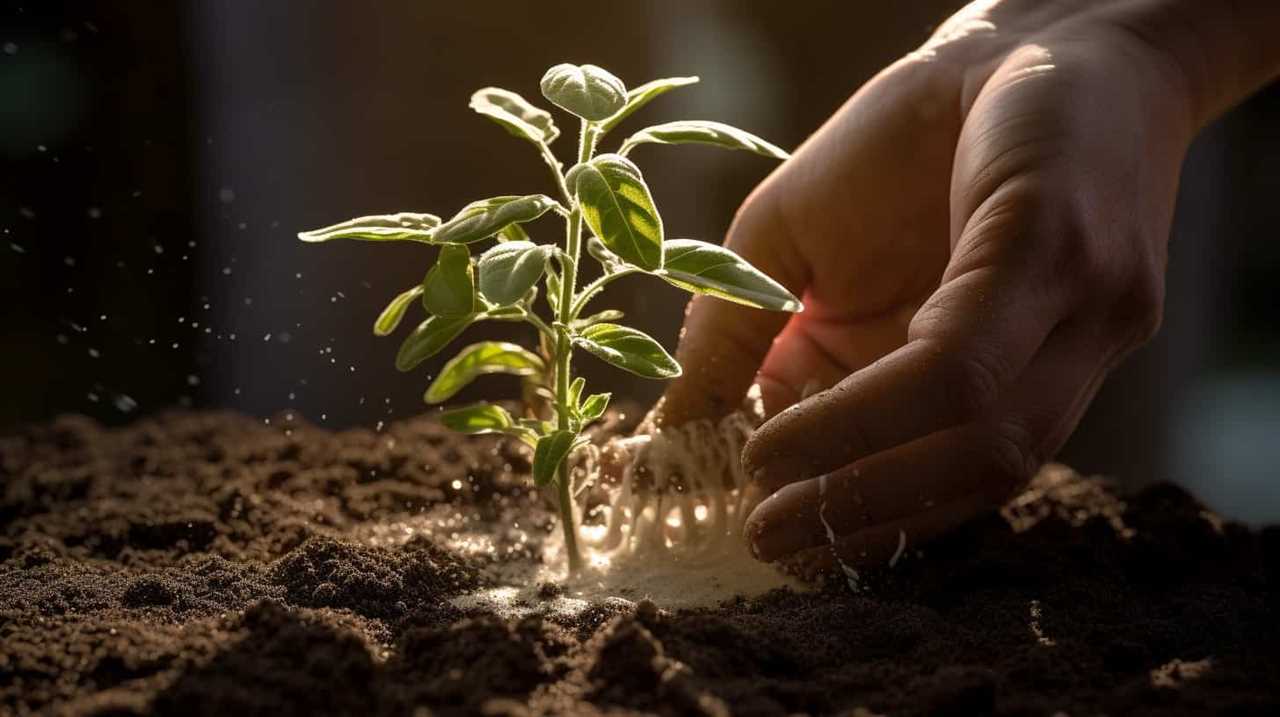
Is It Possible to Grow Chia Seeds Indoors During the Winter Months?
Growing chia seeds indoors during winter months offers several benefits, such as the ability to control temperature and lighting conditions. It allows for year-round cultivation and ensures a steady supply of fresh seeds.
Are There Any Particular Soil Requirements for Successful Chia Seed Cultivation?
We found that chia seeds thrive in well-draining soil with a pH level between 6.0 and 8.0. They require adequate levels of nitrogen, phosphorus, and potassium for successful cultivation.
Conclusion
In conclusion, the ideal growing seasons for seed harvesting depend on the specific type of seed. For chia seeds, spring is the best time for growth, with summer being the perfect season for optimal conditions.
Fall is when chia seeds are typically harvested, while winter requires proper care and maintenance. Interestingly, chia seeds can be cultivated in a variety of climates, making them a versatile option for seed enthusiasts.
